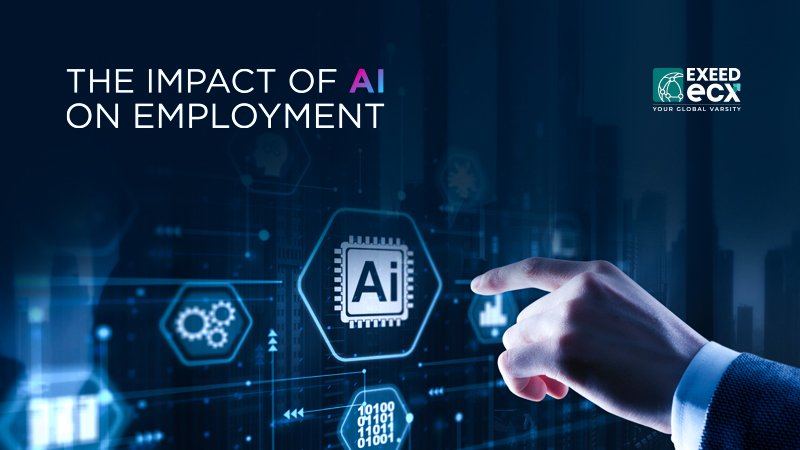Artificial Intelligence (AI) is reshaping industries and transforming the job market. While AI-driven automation has led to increased efficiency and productivity, it has also raised concerns about job displacement and the evolving nature of work. In this article, we analyze the effects of AI on employment, automation, and the future workforce.

1. AI and Job Automation
AI-powered automation is revolutionizing various industries, streamlining repetitive tasks, and reducing the need for human intervention.
- Manufacturing and Robotics: AI-driven robots are replacing manual labor in factories, enhancing production efficiency but reducing the demand for certain types of jobs.
- Customer Service: AI chatbots and virtual assistants handle customer inquiries, reducing the need for human support agents in many industries.
- Transportation: Self-driving technology is set to transform logistics and delivery services, potentially reducing jobs for truck drivers and couriers.
2. Job Creation Through AI
While AI eliminates some jobs, it also creates new employment opportunities in emerging fields.
- AI Development and Maintenance: The demand for AI engineers, data scientists, and cybersecurity specialists continues to grow.
- Human-AI Collaboration: AI enhances human capabilities in various professions, such as healthcare, finance, and education, leading to new hybrid roles.
- Ethical AI and Governance: AI regulation and ethical considerations require specialists in policy-making, law, and compliance to ensure responsible AI deployment.
3. The Shift in Workforce Skills
As AI automates routine tasks, employees must adapt to changing job requirements by acquiring new skills.
- Reskilling and Upskilling: Organizations and governments must invest in workforce training to equip employees with digital literacy and AI-related skills.
- Soft Skills in Demand: Creativity, problem-solving, and emotional intelligence remain valuable as AI struggles to replicate these human attributes.
- Lifelong Learning: The rapid pace of AI advancements necessitates continuous education to stay relevant in the job market.
4. AI and Workforce Inequality
The integration of AI in the workplace may contribute to economic inequality if not managed effectively.
- Job Polarization: AI is eliminating middle-skill jobs while increasing demand for highly skilled professionals, widening the income gap.
- Access to AI Training: Socioeconomic disparities may limit access to AI education and job opportunities for certain populations.
- Policy Interventions: Governments must implement policies to ensure inclusive AI adoption, such as subsidies for training programs and AI-driven job transition initiatives.
5. The Future of Work with AI
As AI continues to evolve, the job market will undergo significant transformations.
- Remote and AI-Enhanced Work: AI-powered tools enable remote work and collaboration, leading to a more flexible workforce.
- AI-Augmented Professions: AI will assist professionals in various fields, enhancing productivity rather than replacing human expertise.
- Universal Basic Income (UBI) Debate: With AI-driven automation reducing traditional employment, discussions on UBI and alternative economic models are gaining traction.
Conclusion
AI is reshaping the job market by automating tasks, creating new job opportunities, and altering skill requirements. While concerns about job displacement are valid, the future of work will likely involve collaboration between humans and AI. To thrive in this AI-driven era, businesses, policymakers, and individuals must embrace continuous learning, ethical AI deployment, and strategies for an inclusive workforce transformation.